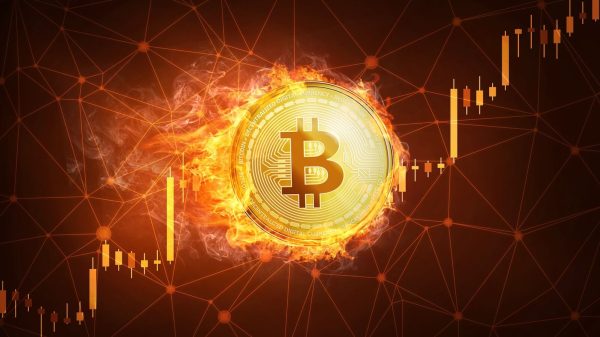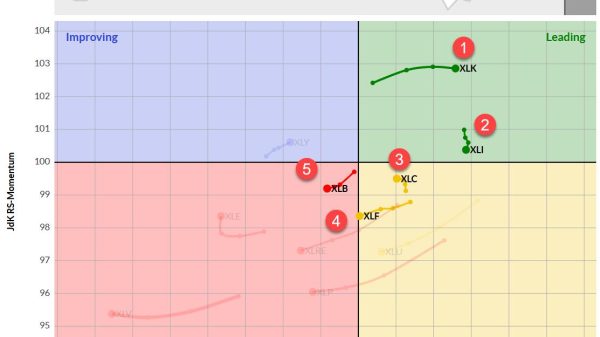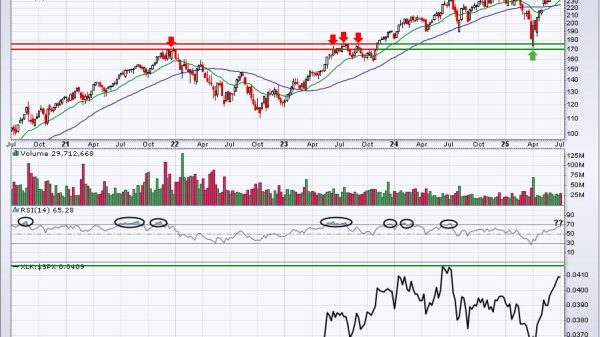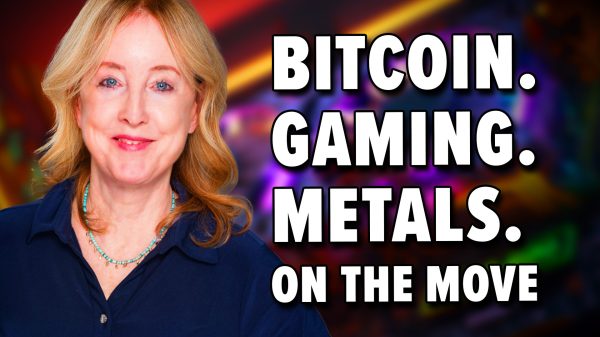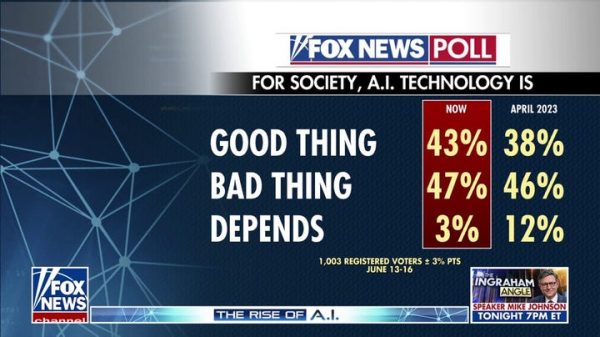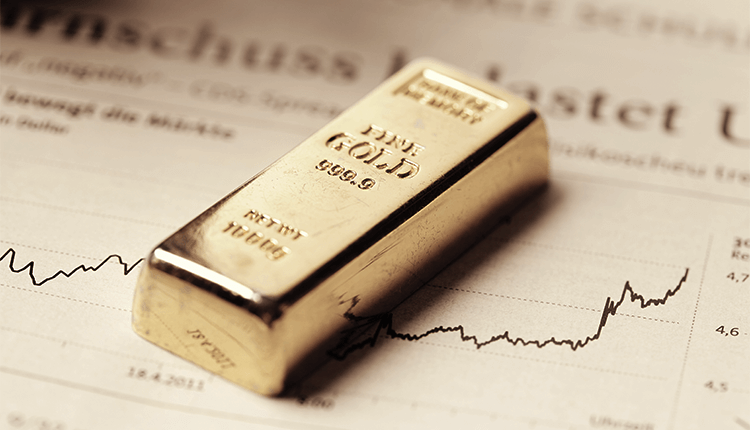Gold Prices Edge Up By 0.1% Amid Dollar Strength
Quick Look:
Gold Price Movement: Gold prices saw minimal changes in Asian trading, up 0.1%, influenced by a stronger dollar despite a slight cooling in inflation. Impact of Interest Rates: The Fed’s forecast of fewer rate cuts in 2024 bolstered the dollar, raising the opportunity cost of holding gold and affecting its price. Precious Metals Performance: Platinum futures rose 0.3%, and silver futures dipped 0.2%, with both metals experiencing muted weekly performances.Gold prices experienced minimal movement in Asian trading on Friday, primarily due to a strengthening dollar which dampened optimism from a slight cooling in inflation. Despite achieving some gains throughout the week, the yellow metal faced significant pressure from persistently high interest rates, which curtailed its upward momentum.
Spot gold saw a modest increase of 0.1% to $2,305.23 an ounce, while gold futures scheduled to expire in August mirrored this rise, settling at $2,320.15. This movement, however, was overshadowed by the broader trend of retreating metal prices, which have been impacted by macroeconomic factors and currency fluctuations.
The Impact of Interest Rates on Gold
The Federal Reserve’s recent announcement, indicating only a single interest rate cut in 2024 as opposed to the previously anticipated three cuts, has significantly influenced gold prices. The prospect of fewer rate cuts suggests a stronger dollar in the near future, increasing the opportunity cost of holding non-yielding assets such as gold.
Despite an initial boost from lower-than-expected consumer price index (CPI) data, which briefly weakened the dollar, traders quickly reverted to the greenback following the Federal Reserve’s updated forecast. This shift in sentiment was further reinforced by softer-than-expected producer price index (PPI) data, which, contrary to its typical market influence, failed to sustain a weaker dollar.
Treasury yields, having recovered from earlier lows in the week, also contributed to the subdued performance of gold and other precious metals. Higher interest rates generally bode poorly for gold, as they make non-interest-bearing investments less attractive. Consequently, other precious metals remained within a tight trading range on Friday, with platinum futures edging up 0.3% to $957.80 an ounce and silver futures dipping 0.2% to $28.992 an ounce. Both metals appeared poised for muted weekly performances.
Industrial Metals and Geopolitical Tensions
Industrial metals, particularly copper, also faced challenges amid these economic conditions. Benchmark copper futures on the London Metal Exchange increased by a marginal 0.3% to $9,824.0 per tonne, while one-month copper futures saw a slight rise of 0.2% to $4.4945 per pound. Despite these gains, copper was set for a middling performance for the week, primarily due to the stronger dollar exerting pressure.
Furthermore, geopolitical tensions, specifically between China and Western economies, have exacerbated concerns for the industrial metals market. The European Union’s decision to join the United States in imposing tariffs on Chinese electric vehicles (EVs) has created additional headwinds for the burgeoning EV industry. These tariffs not only threaten the growth of the sector but also potentially reduce copper demand, given the metal’s significant use in EV manufacturing.
The increased trade friction between the world’s largest economies has raised fears of a renewed trade war, adding another layer of uncertainty to the metals market. As trade policies become more contentious, the potential for disrupted supply chains and altered demand dynamics looms, further complicating the outlook for industrial metals.
The performance of gold and other metals in the current economic climate reflects a complex interplay of monetary policy, currency strength, and geopolitical tensions. The anticipated lower frequency of U.S. interest rate cuts has strengthened the dollar, thereby exerting pressure on gold prices and reducing the appeal of non-yielding assets. Concurrently, industrial metals like copper are navigating the dual pressures of a stronger dollar and heightened trade tensions, particularly impacting sectors like electric vehicles that are pivotal for future demand. As these dynamics continue to evolve, market participants remain vigilant, balancing between the influences of economic indicators and geopolitical developments.
The post Gold Prices Edge Up By 0.1% Amid Dollar Strength appeared first on FinanceBrokerage.







